http://www.rhci-online.net/radiogram/radiogram.htm
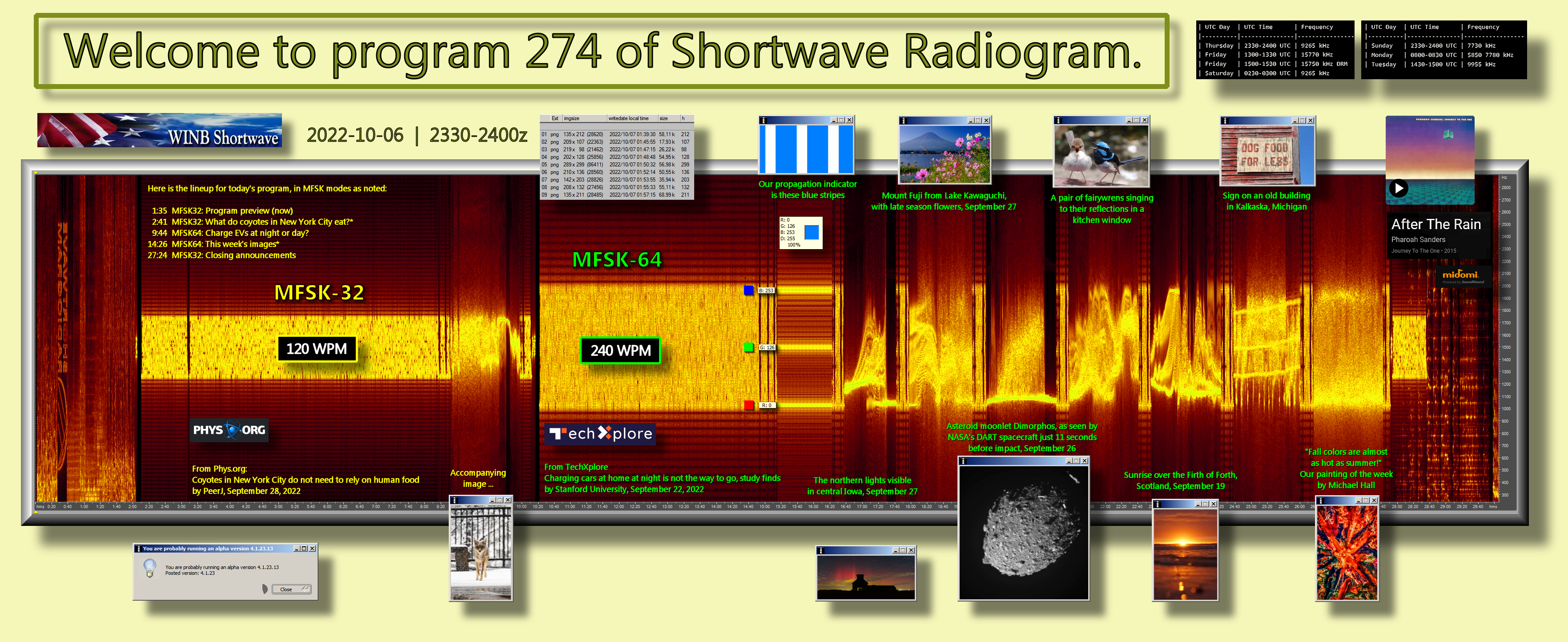
http://www.rhci-online.net/radiogram/radiogram.htm

RSID: <<2022-010-06T23:31Z MFSK-32 @ 9265000+1500>>
Welcome to program 274 of Shortwave Radiogram.
I'm Kim Andrew Elliott in Arlington, Virginia USA.
Here is the lineup for today's program, in MFSK modes as noted:
1:35 MFSK32: Program preview (now)
2:41 MFSK32: What do coyotes in New York City eat?*
9:44 MFSK64: Charge EVs at night or day?
14:26 MFSK64: This week's images*
27:24 MFSK32: Closing announcements
* with image(s)
Please send reception reports to radiogram@verizon.net
And visit http://swradiogram.net
We're on Twitter now: @SWRadiogram
From Phys.org:
Coyotes in New York City do not need to rely on human food
by PeerJ
September 28, 2022
Researchers in New York City have analyzed the DNA of urban
coyotes and discovered that the coyotes eat a variety of native
prey species and supplement this diet with human-sourced food
items. The study is published in PeerJ.
"Urban areas have lots of people and thus greater availability of
anthropogenic foods," says Dr. Carol Henger, lead author on a
paper detailing the New York coyote diet. Since urban coyote
research began in the 1980s and 1990s, there has been
considerable interest in the foods they are eating, specifically
whether they are relying on human foods. "Knowing what the
coyotes are eating can help inform management practices by city
officials."
Coyotes are opportunistic omnivores and will take advantage of
whatever food is available. Previous coyote research performed in
cities such as Chicago and Las Angeles has found that coyotes eat
mainly "natural" food such as rodents and rabbits, but city
coyotes still tend to eat more human-sourced food items than
country coyotes.
To find out what the New York coyotes are eating, Henger and her
team analyzed the DNA from coyote fecal (scat) samples collected
in parks and other green spaces throughout the city. The
researchers used fecal samples collected from 2010-2017 by
members of the Gotham Coyote Project, a group of scientists and
educators who are interested in learning about coyote ecology
throughout New York City and the region. They found that the
urban coyotes consumed a variety of mammalian prey such as
raccoons, rabbits, deer, and voles. They also ate birds, insects,
plants, as well as human foods such as chicken, beef, and pork.
"What's unique about our study is that by sequencing the DNA of
coyote scat we were able to detect diet items that might not be
detected through a visual analysis of the scat samples, such as
specific human food items. There are no wild cows, chickens, or
banana trees in New York City parks, so if we got a DNA hit on
something like that, we knew that coyote had eaten from an
anthropogenic source," says Henger.
The researchers also compared the New York City coyote diet to
that of coyotes living in non-urban areas north of the city. The
main differences in diet between the urban and non-urban coyotes
were that raccoons and deer made up a bigger proportion of the
non-urban coyote diet than the urban coyote diet. The two groups
of coyotes ate similar proportions of human food (~60% of scats
contained at least one human food item), but the urban coyotes
ate a wider variety, including rice, goat, banana, and guinea
fowl.
"Raccoons were the most prevalent mammal detected in the New York
City coyote diet," says Henger. "With no other natural predators
to limit their populations, coyotes provide an important
ecological service. Raccoons can carry diseases such as rabies
and canine distemper that can be transmitted to humans and pets.
By predating on raccoons, coyotes are helping to provide healthy
ecosystems."
"Our results show that coyotes are not reliant on human food to
survive in New York City," continues Henger. "Instead, coyotes
are eating natural food items that are available in the city
parks. This study highlights the importance of creating and
maintaining green spaces where wildlife can thrive."
https://phys.org/news/2022-09-coyotes-york-city-human-food.html
Accompanying image ...
Sending Pic:135x212C;
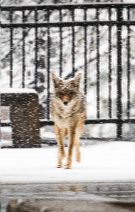
Shortwave Radiogram now changes to MFSK64 ...
RSID: <<2022-10-06T23:39Z
MFSK-64 @
9265000+1500>>
This is Shortwave Radiogram in MFSK64
Please send your reception report to radiogram@verizon.net
From TechXplore
Charging cars at home at night is not the way to go, study finds
by Stanford University
September 22, 2022
The vast majority of electric vehicle owners charge their cars at
home in the evening or overnight. We're doing it wrong, according
to a new Stanford study.
In March, the research team published a paper on a model they
created for charging demand that can be applied to an array of
populations and other factors. In the new study, published Sept.
22 in Nature Energy, they applied their model to the whole of the
western United States and examined the stress the region's
electric grid will come under by 2035 from growing EV ownership.
In a little over a decade, they found, rapid EV growth alone
could increase peak electricity demand by up to 25 percent,
assuming a continued dominance of residential, nighttime
charging.
To limit the high costs of all that new capacity for generating
and storing electricity, the researchers say, drivers should move
to daytime charging at work or public charging stations, which
would also reduce greenhouse gas emissions. This finding has
policy and investment implications for the region and its
utilities, especially since California moved in late August to
ban sales of gasoline powered cars and light trucks starting in
2035.
"We encourage policymakers to consider utility rates that
encourage day charging and incentivize investment in charging
infrastructure to shift drivers from home to work for charging,"
said the study's co-senior author, Ram Rajagopal, an associate
professor of civil and environmental engineering at Stanford.
In February, cumulative sales of EVs in California reached 1
million, accounting for about six percent of cars and light
trucks. The state has targeted 5 million EVs on the road by 2030.
When the penetration hits 30 percent to 40 percent of cars on the
road, the grid will experience significant stress without major
investments and changes in charging habits, said Rajagopal.
Building that infrastructure requires significant lead time and
cannot be done overnight.
"We considered the entire western U.S. region, because California
depends heavily on electricity imports from the other western
states. EV charging plus all other electricity uses have
consequences for the whole western region given the
interconnected nature of our electric grid," said Siobhan Powell,
lead author of the March study and the new one.
"We were able to show that with less home charging and more
daytime charging, the Western U.S. would need less generating
capacity and storage, and it would not waste as much solar and
wind power," said Powell, mechanical engineering Ph.D. '22.
"And, it's not just California and western states. All states may
need to rethink electricity pricing structures as their EV
charging needs increase and their grid changes," added Powell,
who recently took a postdoctoral research position at ETH Zurich.
Once 50 percent of cars on the road are powered by electricity in
the western U.S. - of which about half the population lives in
California - more than 5.4 gigawatts of energy storage would be
needed if charging habits follow their current course. That's the
capacity equivalent of 5 large nuclear power reactors. A big
shift to charging at work instead of home would reduce the
storage needed for EVs to 4.2 gigawatts.
Changing incentives
Current time-of-use rates encourage consumers to switch
electricity use to nighttime whenever possible, like running the
dishwasher and charging EVs. This rate structure reflects the
time before significant solar and wind power supplies, when
demand threatened to exceed supply during the day, especially
late afternoons in the summer.
Today, California has excess electricity during late mornings and
early afternoons, thanks mainly to its solar capacity. If most
EVs were to charge during these times, then the cheap power would
be used instead of wasted. Alternatively, if most EVs continue to
charge at night, then the state will need to build more
generators - likely powered by natural gas - or expensive energy
storage on a large scale. Electricity going first to a huge
battery and then to an EV battery loses power from the extra
stop.
At the local level, if a third of homes in a neighborhood have
EVs and most of the owners continue to set charging to start at
11 p.m. or whenever electricity rates drop, the local grid could
become unstable.
"The findings from this paper have two profound implications: the
first is that the price signals are not aligned with what would
be best for the grid - and for ratepayers. The second is that it
calls for considering investments in a charging infrastructure
for where people work," said Ines Azevedo, the new paper's other
co-senior author and associate professor of energy science and
engineering in the Stanford Doerr School of Sustainability, which
opened on Sept. 1.
"We need to move quickly toward decarbonizing the transportation
sector, which accounts for the bulk of emissions in California,"
Azevedo continued. "This work provides insight on how to get
there. Let's ensure that we pursue policies and investment
strategies that allow us to do so in a way that is sustainable."
Another issue with electricity pricing design is charging
commercial and industrial customers big fees based on their peak
electricity use. This can disincentivize employers from
installing chargers, especially once half or more of their
employees have EVs. The research team compared several scenarios
of charging infrastructure availability, along with several
different residential time-of-use rates and commercial demand
charges. Some rate changes made the situation at the grid level
worse, while others improved it. Nevertheless, a scenario of
having charging infrastructure that encourages more daytime
charging and less home charging provided the biggest benefits,
the study found.
https://techxplore.com/news/2022-09-cars-home-night.html
This is Shortwave Radiogram in MFSK64
Please send your reception report to radiogram@verizon.net
This week's images ...
Our propagation indicator is these blue stripes.
https://bit.ly/3SnkbXP ...
Sending Pic:209x107C;

The northern lights visible in central Iowa, September 27.
https://bit.ly/3BQDmSN ...
Sending Pic:219x98C;

Mount Fuji from Lake Kawaguchi, with late season flowers,
September 27.
https://bit.ly/3xXxiqb ...
Sending Pic:202x128C;

Asteroid moonlet Dimorphos, as seen by NASA's DART spacecraft
just 11 seconds before impact, September 26.
https://bit.ly/3SZehft ...
Sending Pic:289x299;
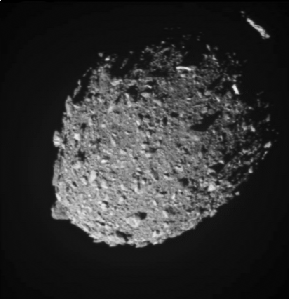
A pair of fairywrens singing to their reflections in a kitchen
window. https://bbc.in/3UODOcY ...
Sending Pic:210x136C;
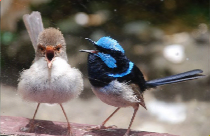
Sunrise over the Firth of Forth, Scotland, September 19.
https://bbc.in/3RC6wel ...
Sending Pic:142x203C;
Sign on an old building in Kalkaska, Michigan.
https://bit.ly/3RgG0XC ...
Sending Pic:208x132C;
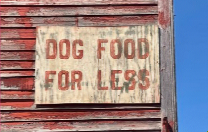
"Fall colors are almost as hot as summer!" Our painting of the
week by Michael Hall.
https://bit.ly/3CjHufq ...
Sending Pic:135x211C;
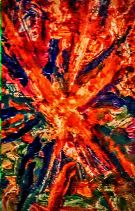
Shortwave Radiogram returns to MFSK32 ...
RSID: <<2022-10-06T23:58Z
MFSK-32 @
9265000+1500>>
This is Shortwave Radiogram in MFSK32 ...
Shortwave Radiogram is transmitted
by:
WRMI, Radio Miami International, wrmi.net
and
WINB Shortwave, winb.com
Please send reception reports to
radiogram@verizon.net
And visit http://swradiogram.net
Twitter:
@SWRadiogram or twitter.com/swradiogram
I'm Kim Elliott. Please join us for the next Shortwave
Radiogram.
|
Closing music SWRG#274: https://www.midomi.com/Track?trackID=100353699141647667&song=after-the-rain https://en.wikipedia.org/wiki/Pharoah_Sanders (October 13, 1940 – September 24, 2022)
|
http://www.rhci-online.net/radiogram/radiogram.htm
|
QTH: |
D-06193 Petersberg (Germany/Germania) |
|
|
Ant.: |
Dipol for 40m-Band & Boomerang Antenna 11m-Band |
|
|
RX for RF: |
FRG-100B + IF-mixer & ICOM IC-R75 + IF-mixer |
|
|
Software IF: |
con STUDIO1 - Software italiano per SDR [S-AM-USB/LSB] + beta 11 Version 2.80 (August 21, 2018) - for scheduled IF-recording |
|
|
Software AF: |
Fldigi-4.0.18 + flmsg-4.0.7 images-fldigifiles on homedrive.lnk |
|
|
OS: |
German XP-SP3 with support for asian languages |
German W7 32bit + 64bit |
|
PC: |
MEDION Titanium 8008 (since 2003) [ P4 - 2,6 GHz] |
MSI-CR70-2MP345W7 (since2014) [i5 -P3560 ( 2 x 2,6GHz) ] |
http://wiki.radioreference.com/index.php/Decoding_the_SW_Radiogram_Broadcasts
https://www.qsl.net/ve7vv/Files/Digital%20Modes.pdf
RSID: <<2022-10-09T01:30Z MFSK-64 @ 5960000+1500>>
Jackson Browne was born October
9, 1948.
Sending Pic:242x211;
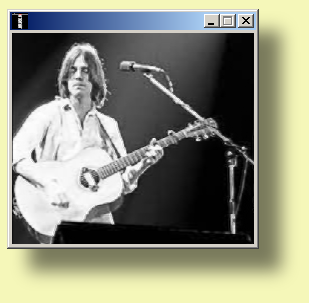
jacksonbrowne.com
Please report your decode to
themightykbc@gmail.com

RSID: <<2022-10-02T11:53Z MFSK-64 @ 6070000+1500>>
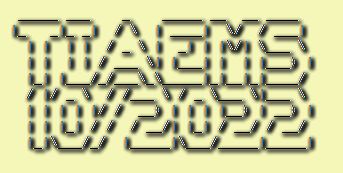
This Is An Express Music Show
October 2022
----------
PLAYLIST
Saka Acquaye - Congo Beat
------
The Unifics - It's All Over
Zalatnay Sarolta - Késő Esti Órán
Millie Jackson - You Created A Monster
Maneige - Les Pétoncles
Stereolab - Mange-Music
------
THIS DATA - Bert Kaempfert - Similau
------
Joy Division - Transmission
----------
Please send reception reports/comments:
thisisamusicshow@gmail.com
Follow TIAMS on Twitter:
www.twitter.com/ThisIsAMusicSho/
**WEBSITE**
https://thisisamusicshow.com
------
Thanks for listening!
--YOUR HOST--
EOM
RSID: <<2022-10-02T11:54Z
MFSK-64 @
6070000+1500>>
Sending Pic:300x300p4;

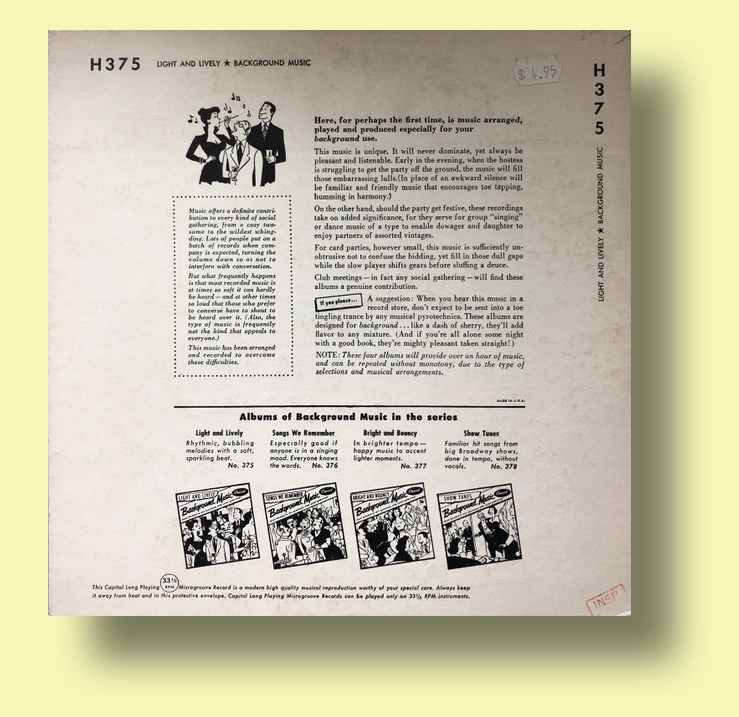
https://www.discogs.com/master/832630-Various-Background-Music-Light-And-Lively
https://www.discogs.com/release/11479856-Various-Background-Music-Light-And-Lively
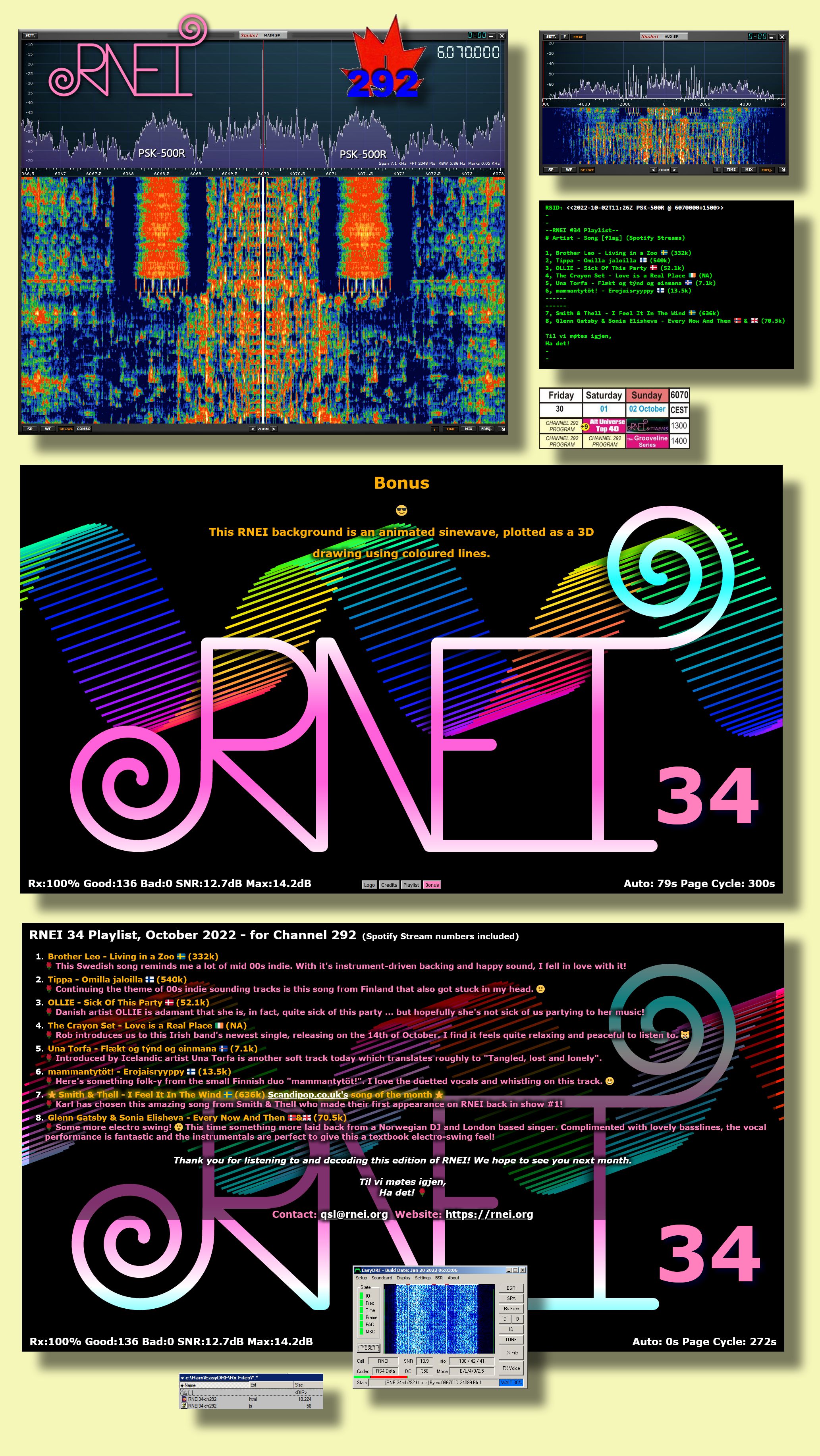
|
RSID:
<<2022-10-02T11:26Z PSK-500R @ 6070000+1500>>
|
|
RNEI 34 Playlist, October 2022 - for Channel 292 (Spotify Stream numbers included) |
||||||
|
|
|
flag |
Spotify |
MIDOMI |
YT date |
YT-link |
|
1. |
Brother Leo - Living in a Zoo |
🇸🇪 |
(332k) |
https://www.midomi.com/Track?trackID=100211039323825389&song=living-in-a-zoo |
2022-01-21 |
|
|
2. |
Tippa - Omilla jaloilla |
🇫🇮 |
(540k) |
https://www.midomi.com/Track?trackID=100720266189448395&song=omilla-jaloilla |
2022-06-09 |
|
|
3. |
OLLIE - Sick Of This Party |
🇩🇰 |
(52.1k) |
https://www.midomi.com/Track?trackID=100561795674225242&song=sick-of-this-party |
2022-04-07 |
|
|
4. |
The Crayon Set - Love is a Real Place |
🇮� |
(NA) |
- - - |
2022-09-18 |
|
|
5. |
Una Torfa - Flćkt og týnd og einmana |
🇮🇸 |
(7.1k) |
https://www.midomi.com/Track?trackID=100028090444657144&song=fl%C3%A6kt-og-t%C3%BDnd-og-einmana |
2022-06-09 |
|
|
6. |
mammantytöt! - Erojaisryyppy |
🇫🇮 |
(13.5k) |
- - - |
2016-09-21 |
|
|
7. |
Smith & Thell - I Feel It In The Wind https://scandipop.co.uk |
🇸🇪 |
(636k) |
https://www.midomi.com/Track?trackID=100844022008914418&song=i-feel-it-in-the-wind |
2022-09-16 |
|
|
8. |
Glenn Gatsby & Sonia Elisheva - Every Now And Then |
🇳🇴 & 🇬🇧 |
(70.5k |
- - - |
2021-04-03 |
|